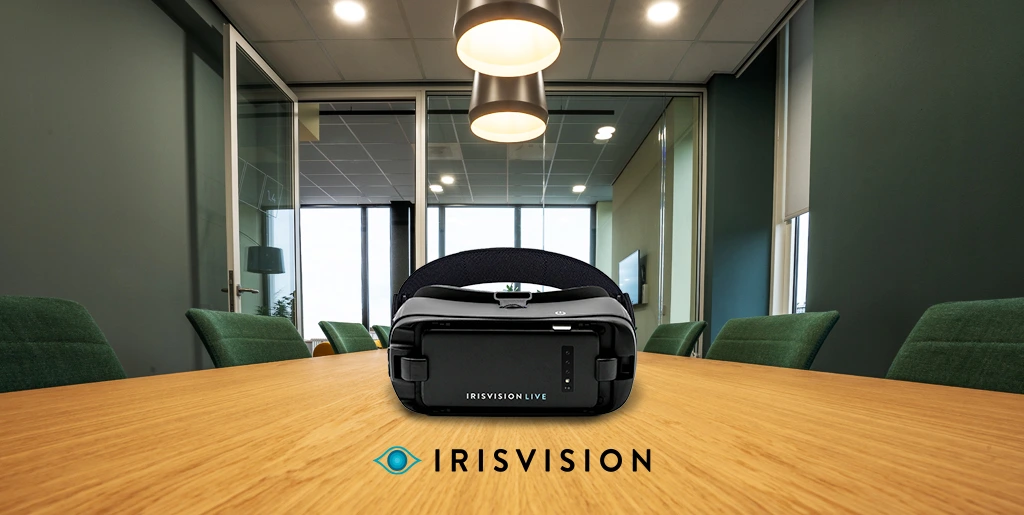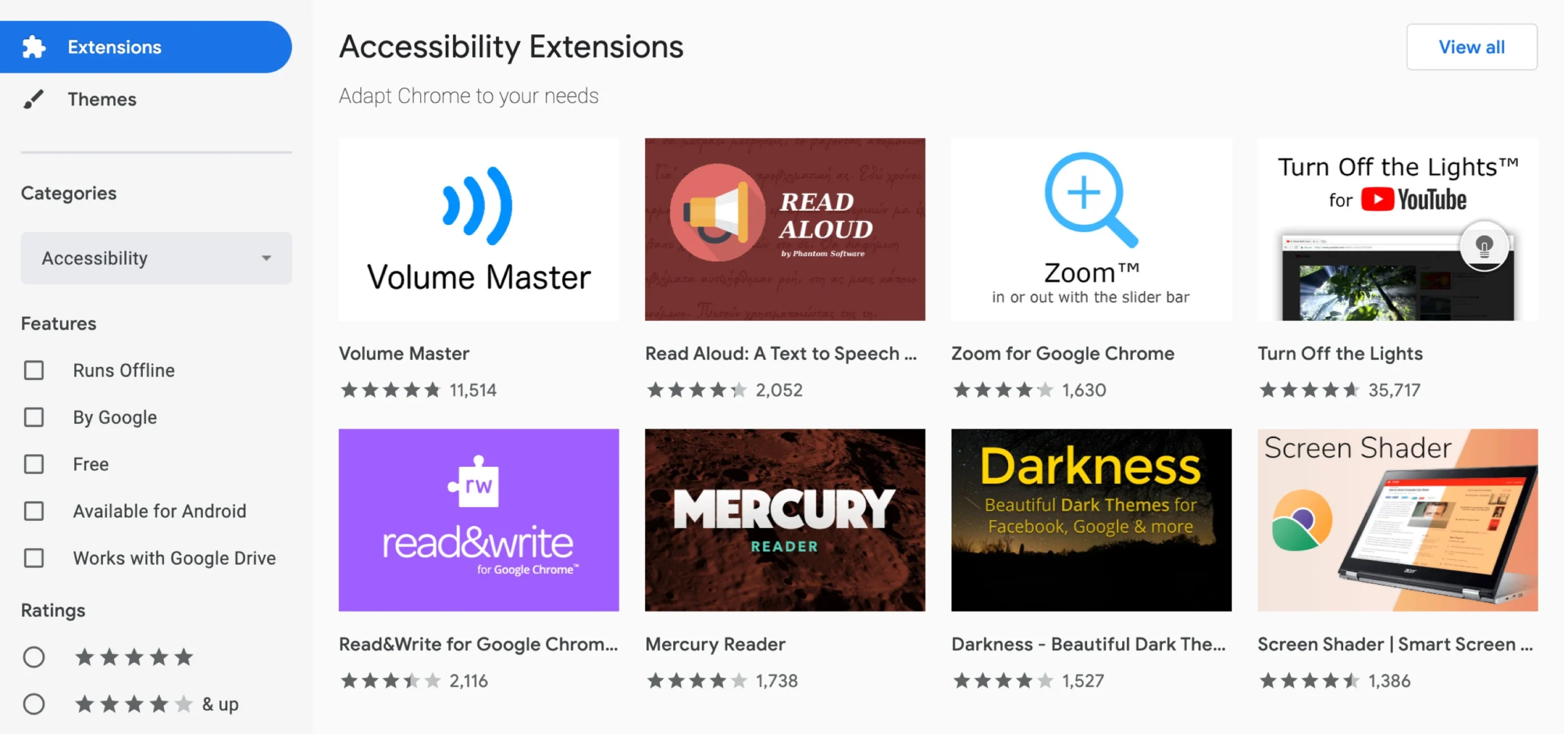
#LIVE2.0 #Review
Seeking employment whether it is for a corporate office or a production factory, each has its own challenges. Finding jobs that match your skill set, writing job applications, preparing for an interview, are many such examples that a normal individual has experienced in his/her lifetime. But imagine for a second doing all the above mentioned with little or no vision! Now that would be a serious challenge. Visually impaired individuals who are either employed or seeking employment face a different set of challenges mostly unknown to the general public such as accessibility tools for low vision employees.
Though a lot more needs to be done, there have been some major developments and progressive change all thanks to technology and innovation.
Ashley Ezell – a fourth-grade teacher at Saint Francis Xavier School in Phoenix, who suffers from vision impairment known as Stargardt; is one such example of how a technological breakthrough like IrisVision – a wearable low vision headset has enabled her to continue her passion for teaching.
“I just had tears rolling down because it was just the ease of knowing I can be present with my kids and not struggle or be embarrassed,”
Several businesses and human resource departments have redirected their efforts to help employ visually impaired individuals or help the vision-impaired workforce by providing them an accessible environment through simple and inexpensive modifications that allow them to roam freely while making use of each facility available in an office setting.
Several other large scale initiatives like special transportation that only caters to the disabled and readily available accessibility tools for low vision employees, would be a major step to eliminate obstacles for the community.
With the current trends as reported in the Journal of Visual Impairment & Blindness 2019, only 44% of the U.S. population with a visual impairment is employed. Though there are many issues that visually impaired employee might face in their daily routine here are five main categories of visual impairment that require much attention:
While employers are doing their best to provide an accessible environment, there are 2 different ways how employees and employers both can work with an aim to create an inclusive accessible space for the visually impaired members of the organization
Electronic devices have always been key ingredients to create a fully functional and operational workplace. But as the world turned into a more globalized economy the need for phone calls, emails, video conferencing, virtual team rooms, etc have become the basic communicating tools required in any organization.
Such innovation has allowed organizations to work on projects with their teams remotely and economically. E-commerce has enabled a customer sitting a thousand miles away to purchase cell phones, computer systems, software with just a click of a button from a business situated in a different part of the globe.
However, electronic communication might have its pros, but it certainly also has its cons. As these devices have too much exposure to light and cause electromagnetic radiation, an employee with normal vision can easily suffer from digital strain, more so an individual with vision impairment will have to suffer more while carrying out the same task.
Let’s take an example of a visually impaired content writer, as the nature of the job suggests, he/she will require being meticulous with their words, punctuation, and overall sentences.
This attention to detail is what helps them refine their work by removing any spelling or grammatical errors but the usage of an electronic device means brightness and readability issues also.
For this level of focus and precision when dealing with electronic devices, assistive technologies can serve as a transformational tool when performing tasks like:
Through assistive technology devices, innovative low vision solutions, accessibility tools for low vision employees, even the visually impaired employees can perform advanced tasks effectively such as programming or web development.
Here are a few low vision aids that are available at a far lower cost:
There are also browser accessibility support tools that provide the features like screen readers, magnifiers, full-page zoom, high-contrast color, and extensions. Here are some of the Google Chrome accessibility extensions and accessibility tools for low vision employees and visually impaired individuals:

Workspace layout is also one aspect that can be improved in terms of accessibility for the visually impaired through minor adjustments. The design of workspaces should enable the vision-impaired to navigate, move, and work with convenience.
The minor adjustments in a workspace could start with the office layout. Placing the furniture in an organized layout that ensures there is no clutter and is clear of obstructions to avoid accidents.
Having a dedicated space or arranging the office equipment and files in a well-organized manner enables vision-impaired employees to locate resources better.
Specific offices that consist of vision-impaired employees can benefit from Braille in ways such as Braille lettering on equipment such as a photocopying machine, or exit doors, to identify and locate equipment.
An efficient approach to make a workspace’s exterior and interior physically accessible is through using bright, contrasting colors that highlight specific areas in the workspace.
Paint the door frames with bright colors contrast from the colors of the wall, use bright signs on bathroom doors, mark the base of each step through bright paint in a staircase, etc.
Providing employees with the right environment helps them excel and perform better, similarly a physically accessible workspace has a positive impact on the mental well-being of the visually impaired employee.
The physical accessibility of a workspace’s interior can be improved in various ways e.g. replacing old traditional switches with remote-controlled switches that can be operated by anyone sitting afar, without going through the trouble of locating the switchboard in a room.
Using motion sensor switches can also be beneficial in making the workspace more accessible while saving operational costs. These switches can be used to control light, temperature, sound levels for those who struggle with any type of vision impairment.
Designing an inclusive workspace inspires creativity and ambition for the employees and employers alike. It also plays a fundamental role in forging strong relationships with your colleagues and creates an atmosphere that fosters teamwork.
The effect of these initiatives will empower the visually impaired employees in finding solutions to business challenges and new opportunities from unique insights and help employers leverage the organization’s work environment for business success.
Providing access to resources like canes in a workspace can help legally blind or visually impaired employees navigate with confidence. Permitting legally blind or visually impaired employees to bring their service dogs to work is also one way of making your office an inclusive workplace for everyone.
Designing an inclusive workspace inspires creativity and ambition for the employees and employers alike. It also plays a fundamental role in forging strong relationships with your colleagues and creates an atmosphere that fosters teamwork.
The effect of these initiatives will empower the visually impaired employees in finding solutions to business challenges and new opportunities from unique insights and help employers leverage the organization’s work environment for business success.
Support
See and Connect Today!
IrisVision Global, Inc.
5994 W. Las Positas Blvd, Suite 101
Pleasanton, CA 94588
Email: [email protected]
Support: +1 855 207 6665
Support
See and Connect Today!
IrisVision Global, Inc.
5994 W. Las Positas Blvd, Suite 101
Pleasanton, CA 94588
USA Email: [email protected]
Support: +1 855 207 6665
Support
See and Connect Today!
IrisVision Global, Inc.
5994 W. Las Positas Blvd, Suite 101
Pleasanton, CA 94588
Email: [email protected]
Support: +1 855 207 6665